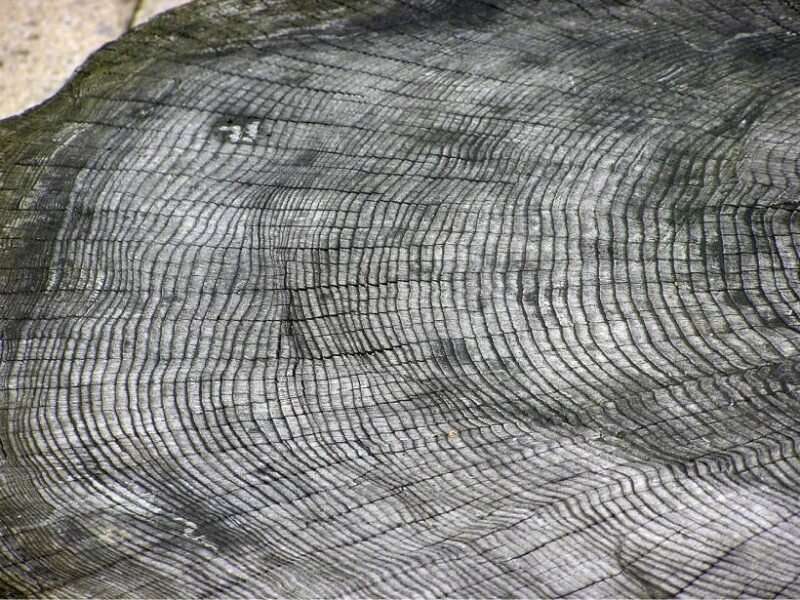
This nicely confirms the existence of extreme Solar events. It is not obviously linked to climate and that is good news..
We may still need protection from the radiation, but that may be no more than staying indoors during daylight. so far this is good news.
Something like this will still fry our present electronics though. Thus the next generationv needs to be properly hardened.
Tree rings show record of newly identified extreme solar activity event
by Morgan Rehnberg, American Geophysical Union
This picture shows the growth rings of an unknown tree species at Bristol Zoo in the United Kingdom. Tree rings record environmental conditions in the year they form. Through isotopic analysis of carbon, these records can also shine light on space weather. Credit: Arpingstone/Wikimedia, Public Domain
https://phys.org/news/2021-07-tree-newly-extreme-solar-event.html?
The sun constantly emits a stream of energetic particles, some of which reach Earth. The density and energy of this stream form the basis of space weather, which can interfere with the operation of satellites and other spacecraft. A key unresolved question in the field is the frequency with which the sun emits bursts of energetic particles strong enough to disable or destroy space-based electronics.
One promising avenue for determining the rate of such events is the dendrochronological record. This approach relies on the process by which a solar energetic particle (SEP) strikes the atmosphere, causing a chain reaction that results in the production of an atom of carbon-14. This atom subsequently can be incorporated into the structure of a tree; thus, the concentration of carbon-14 atoms in a tree ring can indicate the impact rate of SEPs in a given year.
To date, three events of extreme SEP production are well described in literature, occurring approximately in the years 660 BCE, 774–775 CE, and 992–993 CE. Each event was roughly an order of magnitude stronger than any measured in the space exploration era. Miyake et al. describe such an event, which occurred between 5411 BCE and 5410 BCE. Because of this burst, atmospheric carbon-14 increased 0.6 percent year over year in the Northern Hemisphere and was sustained for several years before dropping to typical levels.
The authors deduced the presence of this event by using samples collected from trees in three widely dispersed locales: a bristlecone pine in California, a Scotch pine in Finland, and a European larch in Switzerland. Each sample had its individual tree rings separated, and material from each ring underwent accelerator mass spectrometry to determine its carbon-14 content.
Using statistical methods, the researchers identified a pattern of small carbon-14 fluctuations consistent with the sun's 11-year solar cycle; the event recorded in the tree ring occurred during a time of solar maximum. Notably, other evidence suggests that the sun was also undergoing a decades-long period of increasing activity.
If an extreme SEP burst is indeed the cause of the additional carbon-14, then these observations could aid in forecasting future events. However, tree ring measurements cannot rule out other extraterrestrial causes, such as a nearby supernova explosion. Confirmation will require isotopic measurements of beryllium and chlorine taken from ice cores, according to the authors.
No comments:
Post a Comment